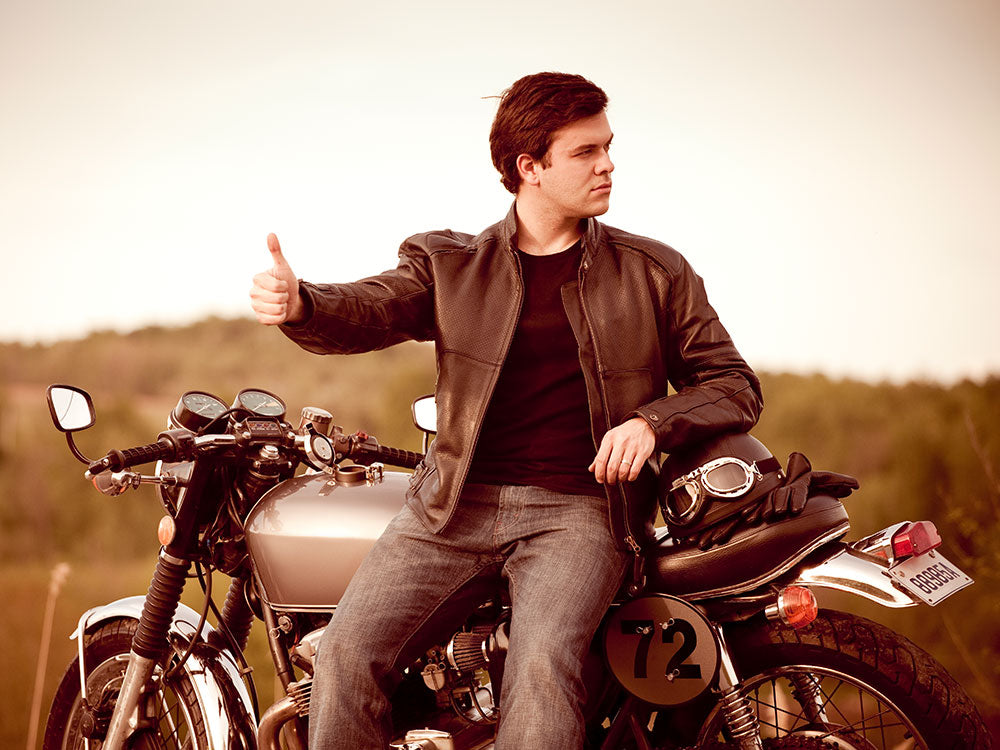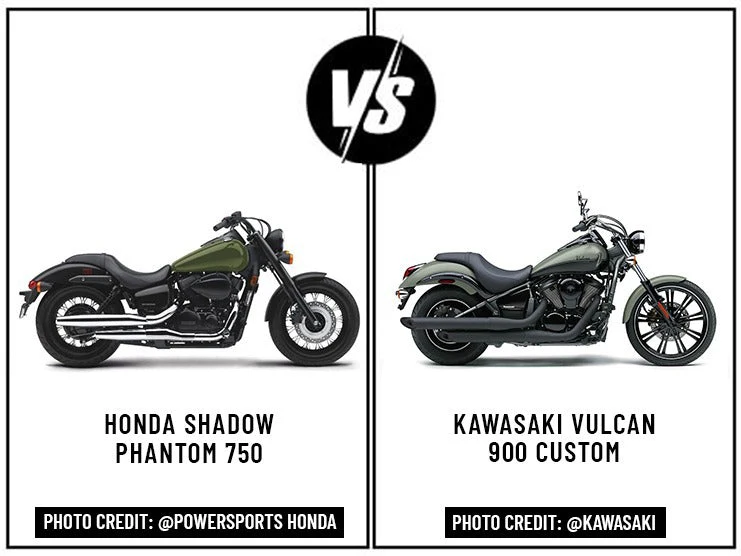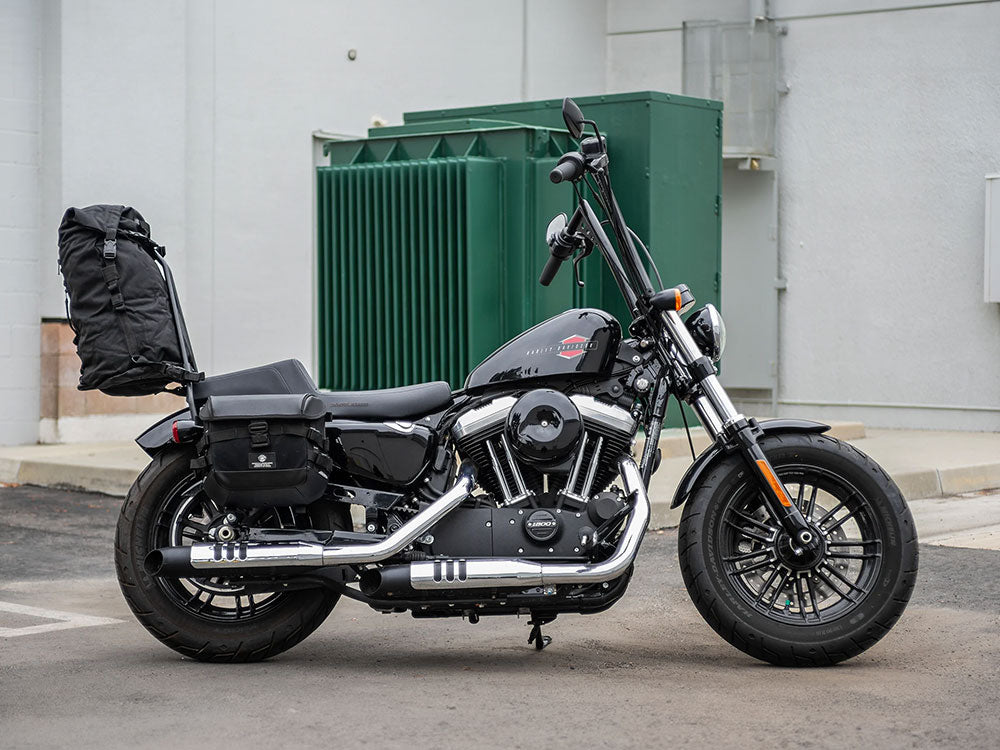Motorcycles consume less fuel than cars due to their being smaller and more lightweight.
However, they also have smaller fuel tanks than cars which means they cover less distance than cars. It is common for motorbikes to suddenly stop in the middle of the road due to running out of gas.
Whether due to a faulty fuel gauge or forgetting to keep the fuel gauge full, all riders should know what to do if their motorcycles run out of gas This article explains what to do if your motorcycle runs out of gas.
Table of Content
1. Avoid Running Out of Gas
1.1 Do Not Wait for Gas to Run Out Before Refueling
Do not ride your motorcycle on reserved fuel. Whenever you refuel your motorcycle, make sure to always keep the fuel tank more than half full. This will not only keep your fuel from running out, but will also keep debris, dust, and rust from building up inside the fuel tank. Refuel your motorcycle when there is at least a gallon of fuel in your motorcycle’s fuel tank.
1.2 Plan Your Trips Accordingly
Always check your motorcycle’s fuel level before going on a motorcycle ride. If you know your motorcycle’s fuel mileage, you can easily determine how much fuel will be required to travel a certain amount of distance. You can find out the number of kilometers to reach a certain destination using Google Maps.
1.3 How to Check Fuel Level If Your Motorcycle Does Not Have a Fuel Gauge?
Some motorcycles do not come with a fuel gauge. You can check the current amount of fuel by removing the fuel tank cap and shining a light inside from the top of the fuel tank. You can also check by shaking or holding the fuel tank to determine how much fuel is left.
1.4 Maintain Your Motorcycle
Keeping your motorcycle well-maintained and clean can improve fuel efficiency. An older, poorly-maintained motorcycle tends to consume more fuel due to degraded engine parts and fuel injectors. Clean your fuel tank and fuel injectors for better fuel mileage.
1.5 Always Ride at a Reasonable Speed
Riding at a reasonable speed and being gentle with the throttle can reduce fuel consumption.
Riding at a reasonable speed means working the engine less, resulting in less fuel being used.
When you accelerate, the engine has to work harder and you may have to use the brakes frequently, resulting in more fuel consumption.
2. What to Do When Your Motorcycle Runs Out Of Gas
2.1 Secure Yourself and the Motorbike
If you notice your motorcycle is running low on fuel, start to make your way to the far left side of the road. It can be dangerous if your ride stops in the middle of the road as oncoming vehicles may not be able to stop or get out of the way in time. Try to get your motorcycle to the roadside safely. Turn on indicators to inform vehicles behind you that your motorcycle is suffering from mechanical issues. After running out of gas, your motorcycle will start to misfire, no longer accelerate, and eventually come to a complete stop.
2.2 Park Your Motorcycle at a Safe Place
Make sure to park your motorcycle at a safe spot far enough from the main road and out of the way of incoming traffic. This allows you to check your bike’s condition without interruption.
2.3 Find the Nearest Gas Station Using Google Maps
After confirming your motorcycle has run out of gas, get to the nearest gas station. Using a GPS or Google Maps, try to locate and head to the nearest fuel station without violating traffic laws.
If you cannot use navigation tools, ask someone for directions to the nearest fuel station. If you cannot find anybody to help you find the nearest gas station, you can use your phone to access Google Maps. Google Maps can help you locate the nearest fuel station and provide the shortest route to take.
2.4 Use the Reserve Fuel

Make sure to have reserve fuel in case of emergencies. Do not use reserve fuel if your fuel tank is still full. If your motorcycle does not turn on while the petcock switch is on, this means it is running out of gas. Do not keep riding when the petcock switch is in reserve mode. Most motorcycles usually have less than a gallon of reserve fuel capacity. If your motorcycle has one gallon of reserve fuel capacity and a fuel economy of 50 mpg, you can reach a fuel station within 25-30 miles of your location.
2.5 Go to and Fuel Up at Gas Station
If you can bring your motorcycle to the gas station, refuel your vehicle there. Otherwise, purchase a few gallons of fuel containers to carry back to your parked vehicle.
2.6 Always Keep Your Motorcycle’s Fuel Tank More than Half Full
To reduce the likelihood of running out of fuel on the road, make it a habit to keep your motorcycle’s fuel tank more than half full.
2.7 Lock Your Motorcycle
If you run out of reserve fuel, lock your bike at a safe place and arrange another ride to get you to a gas station. You can call a friend or a service to come help or send a ride.
2.8 Find a Container
When going on a long trip, make sure to carry a container to provide extra fuel just in case the reserve fuel runs out. Find a suitable container first before going to a fuel station to fill it up.
3. Takeaway
If you want to keep your motorcycle running smoothly and avoid issues with the fuel injectors, engine, and fuel tank, make sure to keep the fuel tank full. Do not wait for your motorcycle to run out of gas before refueling again. The reserve fuel is for emergencies only to help get you to a fuel station in case the fuel tank is empty while you are on a long trip. Running out of gas on your motorcycle can be dangerous if riding on a busy road or highway. You can get hit by a vehicle if your motorcycle stops in the middle of the road. Knowing what to do when your motorcycle runs out of gas will ensure your safety.
Make sure to maintain and keep your motorcycle up-to-date. A well-maintained and clean motorbike will perform better. Running on a low or empty fuel tank can cause dust and rust to form inside the fuel tank. This debris can enter the fuel injectors, carburetors, and engine which could cause severe engine problems.
To make your bike look better and to comfortably use it for long motorcycle trips, Viking Bags has several aftermarket parts available, including saddlebags, handlebars, backrests, and sissy bar bags. Other aftermarket parts that improve aesthetics and safety include sissy bars, crash bars, and fairings.













Leave a comment
All comments are moderated before being published.
This site is protected by hCaptcha and the hCaptcha Privacy Policy and Terms of Service apply.